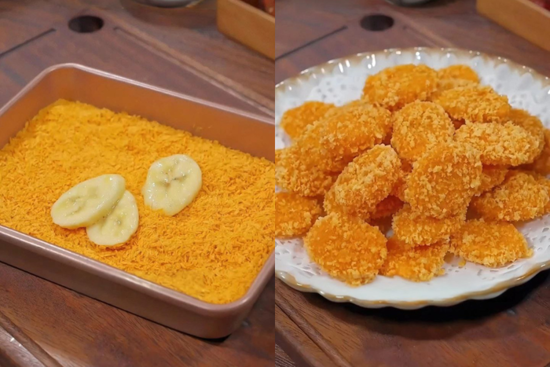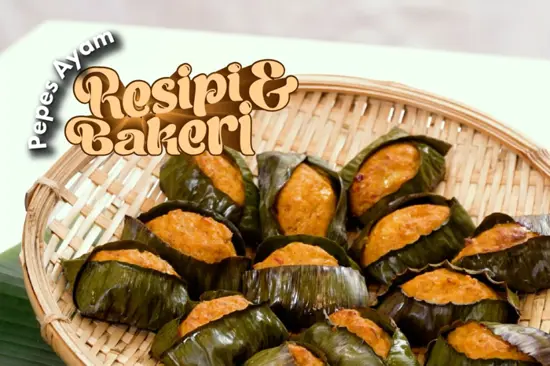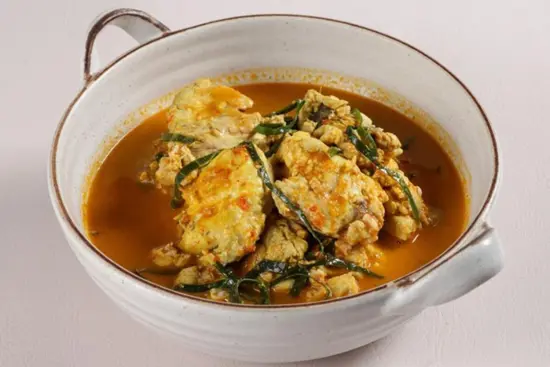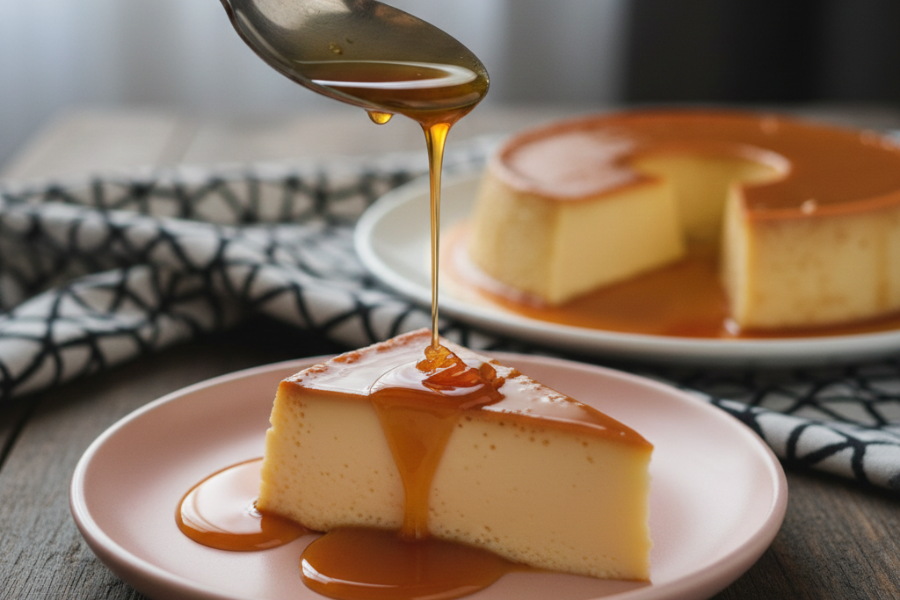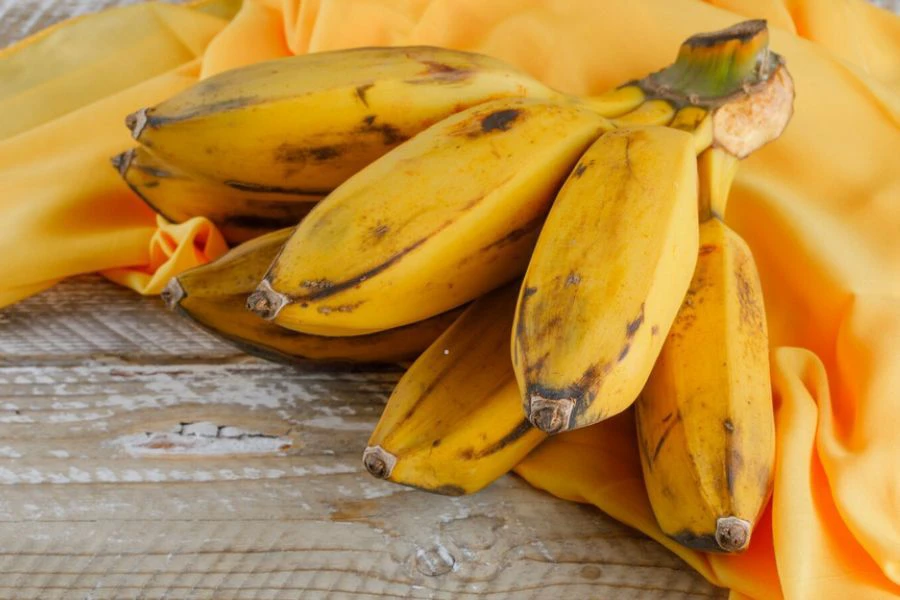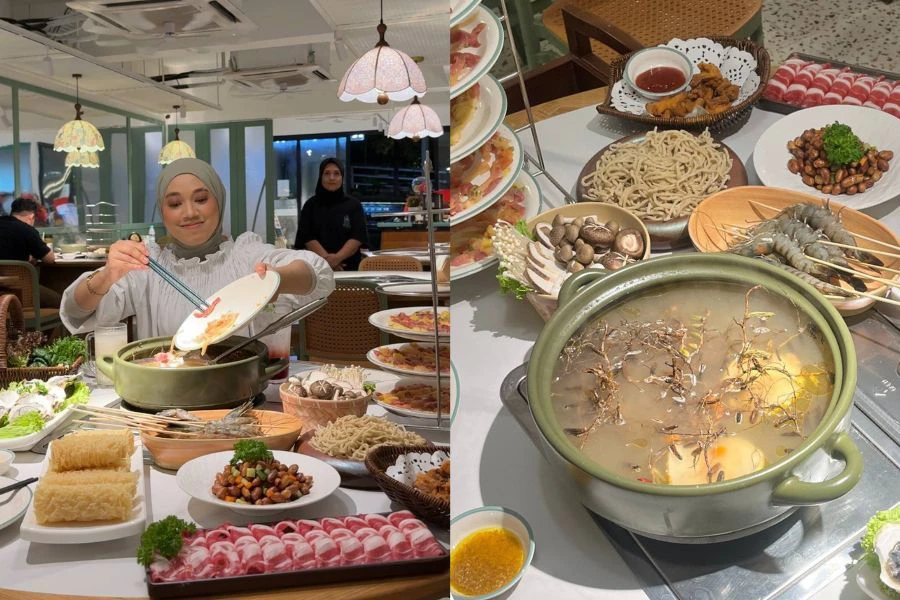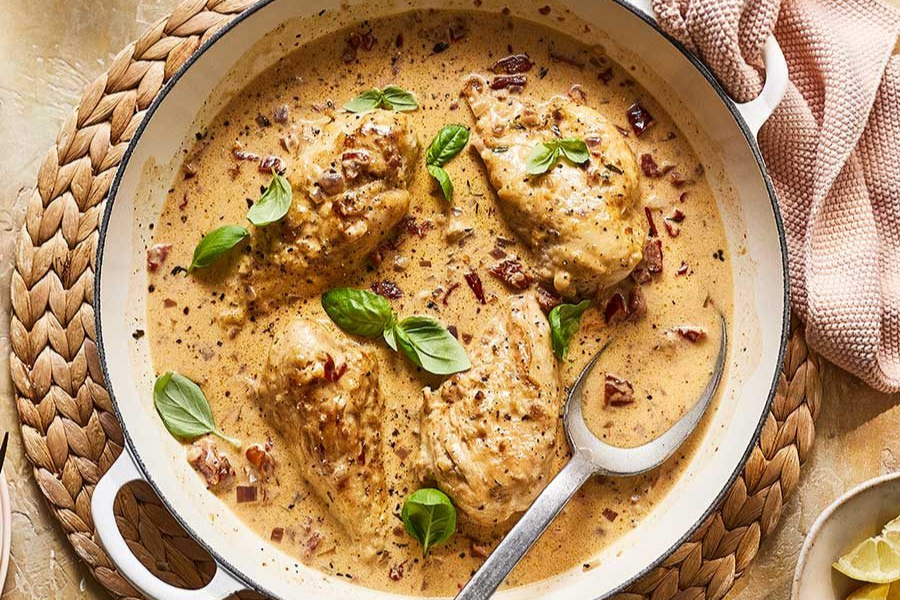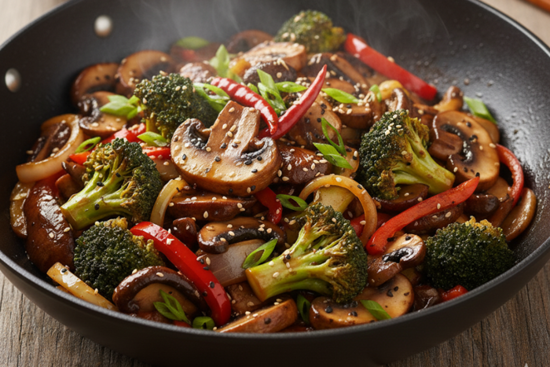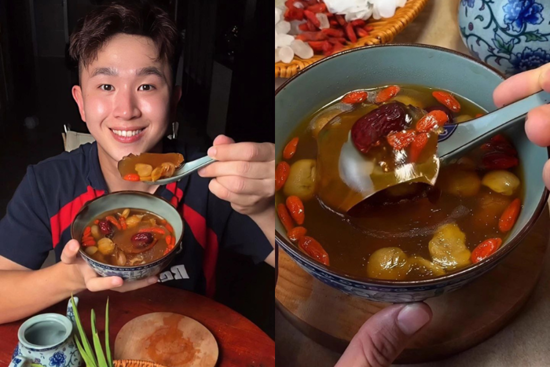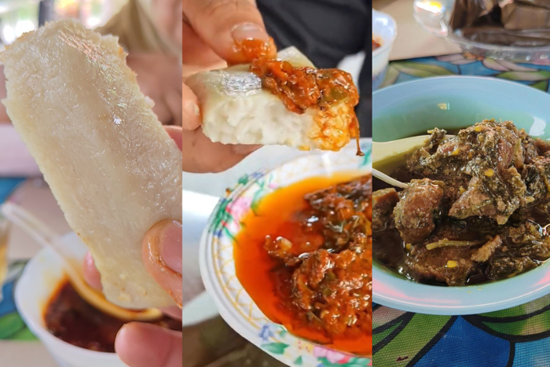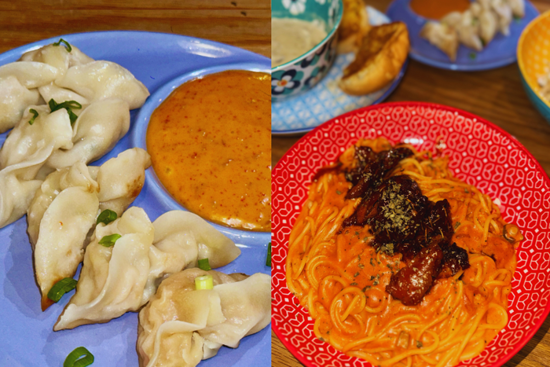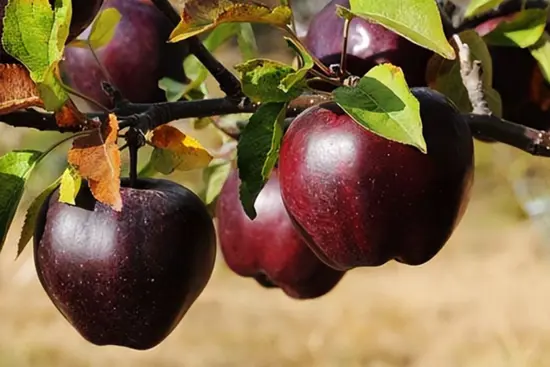terkini
Trending
Resipi & Bakeri
Singgah Makan
Lebih Menarik
KUALI | Menu Selebriti
[V] Dipaksa belajar masak sejak remaja, didikan tegas ibu buat Adriana Adnan bersyukur... Sekarang hari-hari masak untuk suami
NAK melawan takut jadi anak derhaka pula...
KUALI | Trending
Peniaga tergamam individu minta 'sponsor' 180 pek tiramisu, beri alasan permintaan majikan - “Bos semua cakap sedap”
TAK tahu malu betul, boleh pula dia minta sponsor 180 pek tiramisu.
KUALI | Trending
Tak masuk akal! Seekor ikan tuna dijual RM6 juta, simbolik tuah dan keberuntungan di Jepun
Harga seekor tuna gergasi boleh beli kereta mewah!
KUALI | Trending
Dua tahun beroperasi, Shiha Zikir tutup kedai nasi ayam cawangan Shah Alam
SEMOGA urusan perniagaan Shiha dipermudahkan!
KUALI | Trending
Malaysia terpelanting dari senarai 100 kota kulinari terbaik dunia, netizen panas hati!
YANG buat senarai ini mungkin tak habis pusing Malaysia agaknya kot!
KUALI | Trending
Epal black diamond lebih manis daripada madu, hanya 'hidup' di pergunungan Tibet... Harganya cecah RM30 sebiji
BUAH epal ini hanya boleh ditemui di Tibet, China!
KUALI | Trending
“Amoi suka masak, abang suka makan” - Aisha Tan dan Azrul kongsi pertemuan pertama, kepak ayam cola perkenal Soya Belacan di media sosial
RASA macam nak beristerikan amoi pandai masak pulak...
KUALI | Tip & Trik
Halia penyelamat sayuran hijau dari cepat rosak, boleh tahan sampai 4 hari
GUNA halia je sayur boleh kekal segar.
KUALI | Minuman
Kombinasi buah-buahan, susu strawberi dan soda menggoda selera... Ini resipi hwachae 'desert' popular Korea
Minum sejuk-sejuk masa cuaca panas memang nikmat!
KUALI | Nutrisi
Salmon kaya dengan omega-3, nutrisi penting bantu perkembangan otak bayi dalam kandungan
BANYAK khasiat salmon bantu perkembangan otak bayi.
